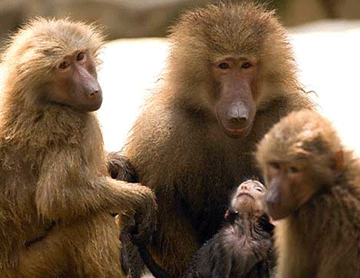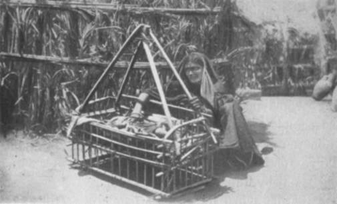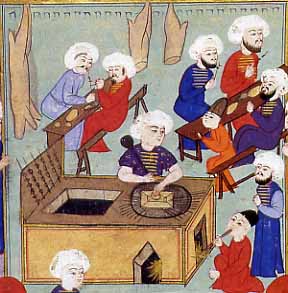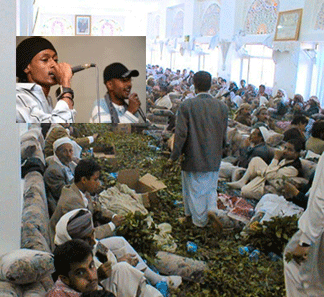
Observations on the Baboons in the Garden of the “Bostan” Restaurant (Part One)
[Note: These observations were first published in 1991 in Yemen Update and are archived online. The “Boston” has long since disappeared, but memories live on.]
It was a bright and breezy Friday afternoon in Sanaa. Having only recently arrived to the Sheba Hotel, I decided to forego experiencing the haute cuisine available in my room or at poolside for a Lebanese repast at the “Bostan Restaurant”. This Levantine oasis in Yemen is located only a stone’s throw away from the great wall of the Chinese Embassy on the road that parallels Zubeiri Street. On the sign outside you are welcomed to the “Bostan Tourism Restaurant”, although the astute diner will note that on the menu cover this metamorphoses into “Boustan”. (Perhaps the menu cover was printed in Paris? The French seem to love adding the letter “u” to words that can be perfectly well pronounced without: when I see “Bilquis” my tongue utterly fails). Continue reading Observations on the Baboons in the Garden of the “Bostan” Restaurant (1)



